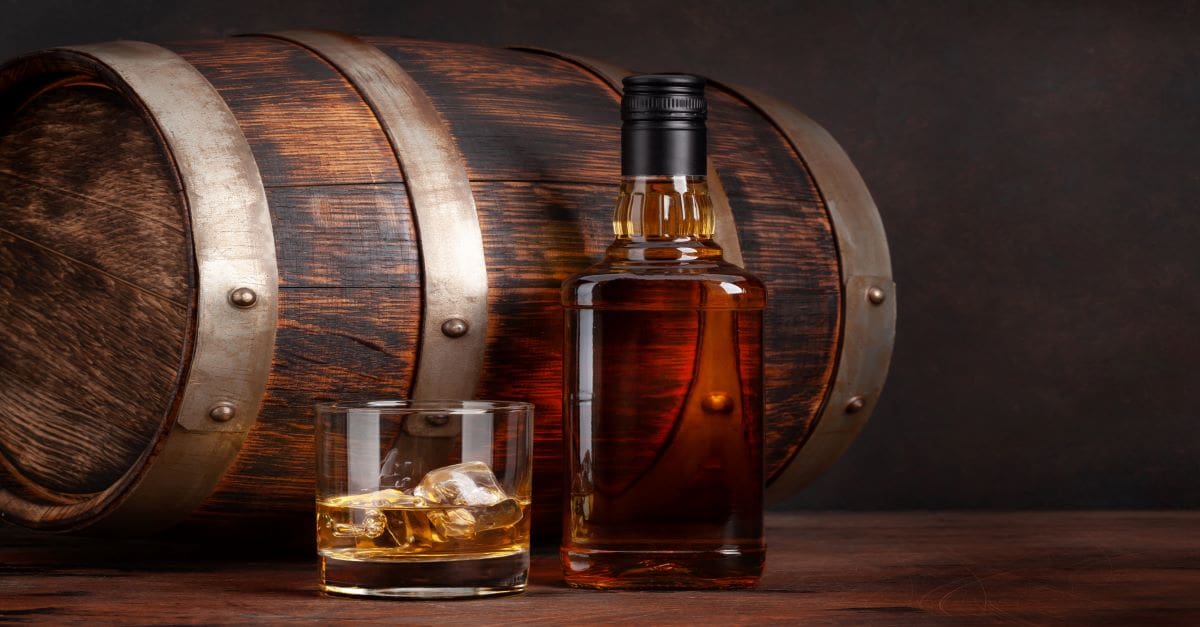
Every great whiskey tells a story—but behind that smooth finish and rich aroma lies a world of scientific precision. Whiskey testing labs play a critical role in ensuring quality, authenticity, and compliance throughout the distillation and bottling process. From chemical analysis to sensory evaluation, these labs help distillers craft consistent, safe, and standout spirits that meet regulatory standards and exceed consumer expectations.
What Are Whiskey Testing Labs?
Whiskey testing labs are specialized facilities that analyze and monitor the quality of whiskey at various stages of production. These labs work with distilleries, bottling plants, and regulatory bodies to verify product consistency, safety, and labeling accuracy. They combine cutting-edge instrumentation with expert sensory evaluation to maintain both the science and artistry of whiskey making.
Why Whiskey Testing Is Essential
Whiskey is more than just alcohol—it’s chemistry, culture, and craftsmanship. Testing ensures that every batch:
- Meets regulatory and labeling requirements (e.g., ABV, contaminants)
- Maintains flavor, aroma, and color consistency across batches
- Is free from unwanted substances such as methanol or heavy metals
- Accurately reflects age and origin claims
- Provides the same quality experience from bottle to bottle
Types of Tests Conducted in Whiskey Labs
1. Alcohol Content (ABV) Testing
Accurate alcohol by volume (ABV) measurement is essential for labeling and taxation. Labs use distillation or gas chromatography to determine ethanol levels precisely.
2. Methanol and Contaminant Analysis
Whiskey should contain negligible amounts of methanol and other toxic compounds. Labs use gas chromatography-mass spectrometry (GC-MS) to identify and quantify trace contaminants that could pose health risks.
3. Volatile Compound Profiling
Flavor and aroma come from volatile organic compounds such as esters, aldehydes, and higher alcohols. Labs profile these compounds using GC-MS to guide blending decisions and ensure product consistency.
4. Color and Clarity Testing
Color is assessed both visually and with spectrophotometers to ensure consistency across bottlings. Some labs also test for clarity and sediment using filtration and centrifugation tests.
5. Sensory Evaluation
Trained tasters evaluate each batch for aroma, taste, mouthfeel, and finish. Sensory panels help detect off-notes, imbalances, or variations that instruments might miss—ensuring each bottle meets house style and brand expectations.
6. Authenticity and Origin Testing
For premium or aged whiskies, labs may use stable isotope ratio analysis to verify origin claims and detect adulteration. This is particularly important for export compliance and protecting brand integrity.
What Makes Whiskies Differ from One Another?
While whiskey is defined by its base ingredients—grain, water, and yeast—numerous factors create vast differences in flavor, aroma, and mouthfeel between whiskies:
- Grain Type: Corn, rye, wheat, or barley each contribute distinct character
- Distillation Method: Pot stills yield richer profiles, while column stills produce lighter spirits
- Barrel Aging: Oak type, char level, and aging duration affect flavor, color, and smoothness
- Climate: Aging in cooler vs. warmer environments changes how whiskey interacts with wood
- Blending: Master blenders combine casks to create complex, consistent house styles
The Role of LIMS in Whiskey Testing Labs
Managing whiskey testing across various stages—from fermentation to bottling—requires seamless coordination and traceability. A Laboratory Information Management System (LIMS) centralizes all lab data, standardizes workflows, and ensures regulatory compliance.
With a LIMS, whiskey testing labs can:
- Track samples and testing status in real time
- Maintain detailed batch histories for traceability
- Generate Certificates of Analysis (COAs) automatically
- Comply with TTB and international labeling regulations
- Share results across departments and stakeholders instantly
Why Whiskey Labs Choose the LabLynx LIMS Suite
The LabLynx LIMS Suite is trusted by specialty labs and beverage producers for its flexibility, compliance support, and industry-specific features. Whether you’re testing new mash bills, monitoring barrel aging, or preparing export documentation, LabLynx helps streamline your lab operations from grain to glass.
Schedule a demo to discover how LabLynx can help your whiskey lab enhance quality, efficiency, and regulatory confidence in every bottle.
Conclusion: Raising the Bar with Science
In whiskey testing labs, science and tradition go hand in hand. These labs ensure that every pour delivers the complexity, safety, and satisfaction whiskey lovers expect. With modern testing techniques and smart digital tools like LIMS, distillers can uphold their craft while confidently navigating today’s regulatory landscape. When quality counts, trust the data behind the drink.
Accelerate Your Lab's Success & Experience LabLynx
"*" indicates required fields
Explore the LabLynx Suites

LIMS Suite
Seamless Sample and Workflow Management
The LabLynx LIMS Suite empowers laboratories with the tools needed to manage samples, workflows, compliance, and more in one centralized system. It’s the backbone for labs seeking efficient, reliable, and scalable management solutions.

ELN Suite
The LabLynx ELN Suite offers a modern approach to managing lab data and experiments. With its secure, intuitive platform, your team can record, store, and collaborate effortlessly, supporting innovation every step of the way.

Lab Automation
Automate for Efficiency and Growth
Streamline operations and boost productivity with the LabLynx Lab Automation Suite. Designed for labs ready to embrace advanced automation, this suite integrates systems, instruments, and workflows to deliver efficiency at scale.
